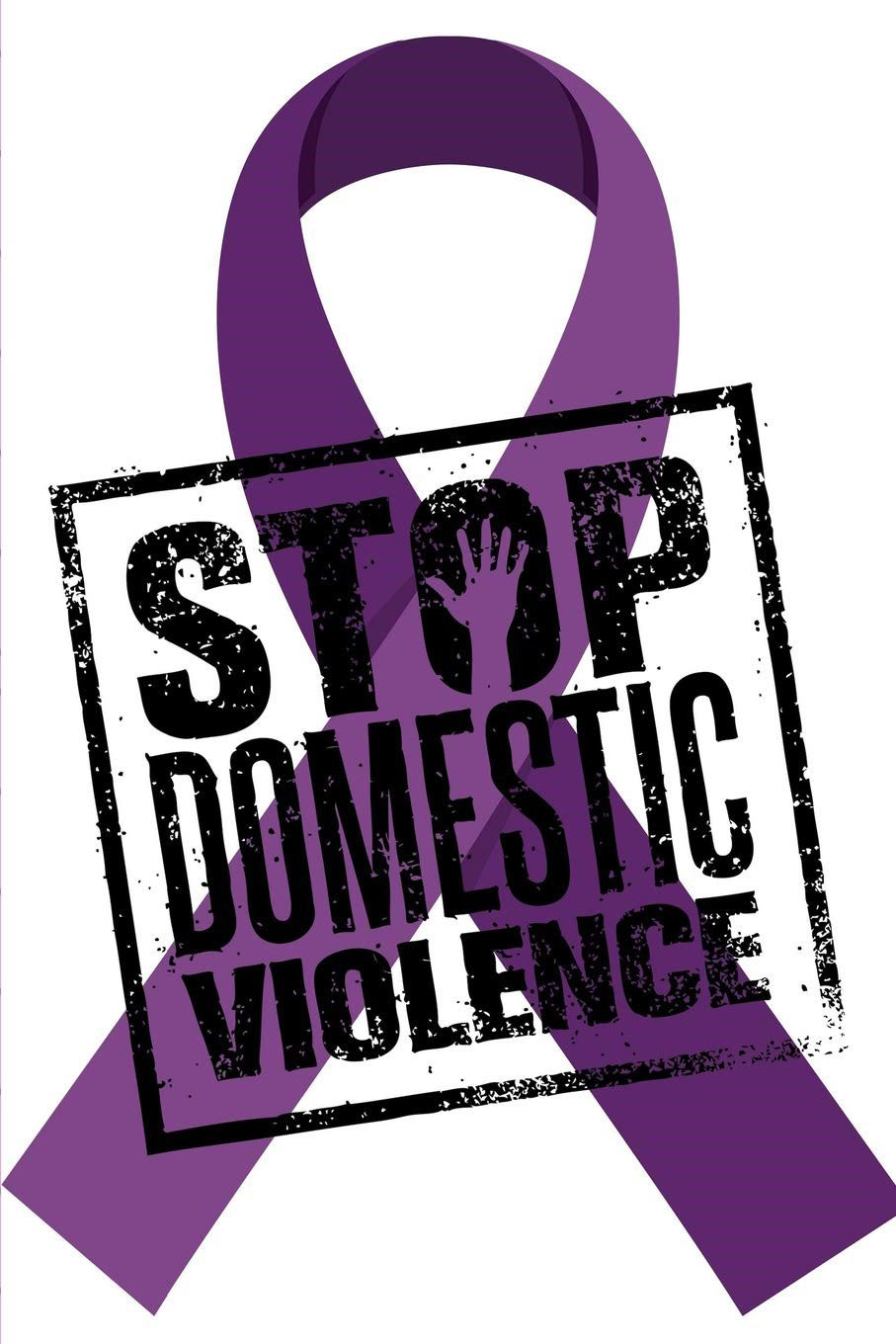
As a child of domestic violence, I can tell you that even years after managing to remove myself from the environment, I am still haunted by the terror I was exposed to, even though I wasn’t physically caught in the crossfire. I still feel paralyzed with fear in moments of slight tension. I still feel absolutely scorned from sharing, because of how society in general glorifies resilience. Even after years of therapy it still haunts me.
That is the thing about violence, it stays with you for a lifetime. Even when you have learnt through therapy how to rewire your way of thinking, the memories still hover. Violence affects us in different ways. Some can replicate abusive patterns while others are absolutely repulsed by it.
My repulsion, I believe, was rooted in early intervention by my late Godmother, despite the abuse still continuing years after. As we mark 16 days of activism for the elimination of violence against women and girls, I reflect on a few factors that were critical in me seeing it for what is was.
Family honour
In abusive households, it is not only abuse that exists but family holidays, prayers at the Christmas morning breakfast and other traditions that tie you to a strong emotional bond. There is a forever longing for a sense of belonging that most tend to use as a determining factor as to why they shouldn’t ring the alarm. This often left me feeling isolated and trapped so much so that life like that was starting to feel normal.
You become somehow programmed to deal with the outbursts and the self soothing strategies to calm yourself. But there is no honour in experiencing a life built on fear, ridicule and anger. We can’t control all the bad things that might happen to us but we can try our best to recognise them for what they are. Managing to get to this particular point required seeking refuge in an environment that helped me to see things for what they truly are.
Shame, isolation and support
Abuse leaves you drenched in shame. It chips away at your self-esteem and even creates a sense of loyalty towards the abuser. Rationalizing abuse even becomes a habit and because complex stories like these are hardly told, people often think they exist in isolation. That isolation is further compounded by the abuser boxing the victim off in a lifestyle that the abuser can control; reducing independence, minimizing contact and essentially placing the victim in a world where opinions and actions could be monitored and controlled at all times. This further puts both the victim and their immediate support network in a prickly relationship with new dynamics.
When I was growing up, my mom was always discouraged from having friends. My dad disliked my late godmother. This, in turn, influenced how my mom encouraged us to keep friends at arms’ lengths. However it is in those relationships where you often find peace.
The effects of domestic violence will be with me forever and I can’t help but wonder what life would have been like if there wasn’t an early invention to help me recognise it for what it is.


